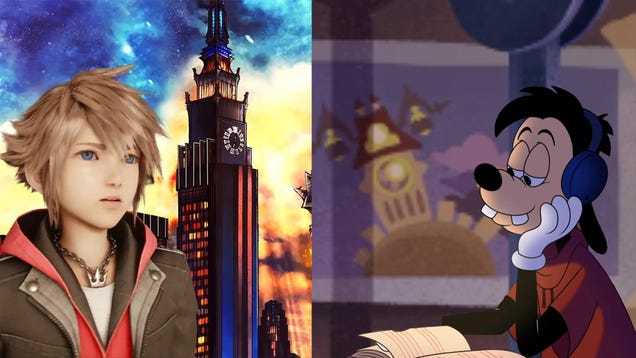
The Devil's Bath Review
The Devil’s Bath streams on Shudder beginning Friday, June 28.
The latest film from Severin Fiala and Veronika Franz is their darkest yet, and that’s saying something. The Austrian filmmaking duo specializes in bleak and disturbing material, pairing transgressive topics with unflinching violence for the type of movies that stun viewers into silence. Fiala and Franz’s previous horror features, Goodnight Mommy and The Lodge, broke taboos around mothers, children, and the presumption of safety between them. So does their latest, The Devil’s Bath. But that’s just the beginning.
The film deals with an obscure historical phenomenon known as “suicide by proxy,” in which suicidal people – mainly women – in early modern Europe took advantage of a perceived loophole in Catholic morality. The Church taught that life was pain, and the only hope the downtrodden had for happiness was in the afterlife. But suicide was an unforgivable sin – the only unforgivable sin, as a person could not confess and be absolved of it after death. What was someone who feared Hell, but could no longer tolerate the pain of earthly existence, to do?
To elaborate further would be to give away the entire plot of The Devil’s Bath – suffice to say, it goes to some very dark places, hinging on a logic that is unthinkable to 21st-century minds. On one level, this makes it a condemnation of Catholicism and its absolute control over the minds of the faithful. But a simple anti-religion screed, this is not. Fiala and Franz recognize that we are still living under systems of coercion and control, and that the expectations society places on women specifically are still so impossible that trying to live up to them is enough to drive someone over the edge.
Scenes shot in real historical locations enhance the credibility of what is obviously a deeply researched film. Similar to Robert Eggers’ The Witch, The Devil’s Bath draws from real court transcripts to give its period horror realistic texture. Our protagonist, Agnes (Anja Plaschg, a.k.a. experimental musician Soap&Skin), is based on a real person, and the film has great sympathy for her: Agnes recently married Wolf (David Scheid), a young fisherman from her tiny village in rural Austria. And although he isn’t cruel to her, he’s not interested in sex, which is a problem for a pious woman who believes that motherhood is her divine purpose in life. The disapproval of her mother-in-law (Maria Hofstätter) doesn’t help, and soon the melancholy Agnes finds herself sinking deeper into “the devil’s bath” – an antiquated term for what we now call depression.
Agnes’ story is relentlessly grim. The Devil’s Bath has no comic relief whatsoever, and Soap&Skin’s abrasive musical score does little to lighten the mood. The same is true for Martin Gschlacht’s cinematography, which was beautiful enough to win an award at the Berlin International Film Festival, but contains nary a color brighter than the overcast greens of the deep forest. Agnes’ arc is also unsurprising, given that we see another woman reach the same desperate conclusions in a shocking cold open. But the inevitability is also the point – and the horror.
18th-century European culture celebrated, even fetishized, death and sacrifice: Early in the film, we see an executioner’s assistant stealing the finger of a condemned woman, then giving it to Agnes as a fertility charm. This was a real belief, as was the idea, disturbingly dramatized here, that drinking the blood of a murderer could cure all manner of physical and mental ailments. For those who like to nose around in the darker corners of history, these little details are absolutely fascinating. For the weaker-stomached, the prevalent gore and decay may tip The Devil’s Bath into unwatchable territory.
The Devil’s Bath is not a simple anti-religion screed.
That being said, this isn’t going to be a fun viewing experience for anyone. The closest Fiala and Franz have to offer is the catharsis of a powerhouse monologue towards the end of the film. Plaschg stares down the camera as she confesses her sins to a priest, confronting the audience with both the certainty of her faith and the depth of her despair. She’s not a statistic, but a real person who’s really suffering. That’s what makes this film so disturbing: Given some room for artistic license, these unfathomable events really happened. No made-up monsters can compete with that.







